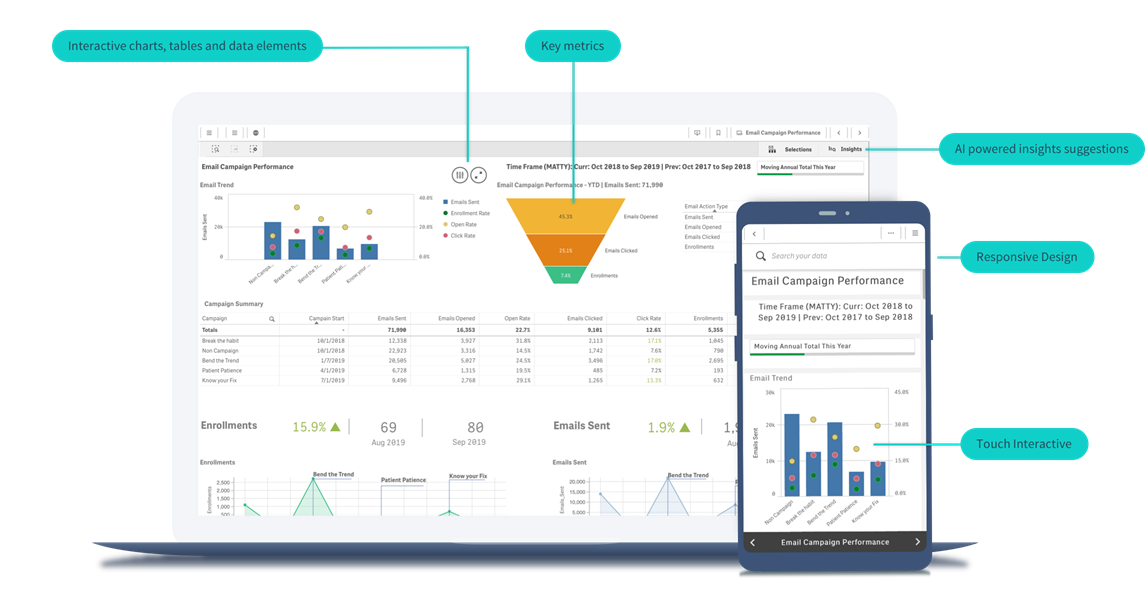- July 31, 2023
The Power of Marketing Dashboards: Examples and Best Practices
Marketing dashboards are powerful tools that allow marketers to track and analyze key performance indicators (KPIs) in real-time. They provide an up-to-date overview of marketing performance, enabling marketers to make informed decisions about their campaigns and strategies. In this article, we will discuss the power of marketing dashboards, provide examples of how they can be used, and outline best practices for creating effective dashboards.
Marketing dashboards provide an invaluable source of data and insights that can be used to improve marketing performance. They allow marketers to quickly identify areas of strength and weakness, and make informed decisions about how to optimize campaigns and strategies. Dashboards also provide an easy way to keep track of progress and ensure goals are being met. If you want to know more about reporting tool for marketing agencies then you may visit Agency Dashboard.

Image Source: Google
Marketing dashboards can be used to track a wide range of KPIs, from website traffic to customer retention rates. Here are a few examples of marketing dashboards that can be used to monitor performance:
• Website Performance Dashboard: This dashboard tracks website page views, bounce rates, time on pg, and other website performance metrics.
• Social Media Dashboard: This dashboard tracks engagements, followers, impressions, and other social media metrics.
• Campaign Performance Dashboard: This dashboard tracks key metrics related to campaigns, such as cost per acquisition, click-through rate, and conversion rate.
Creating effective marketing dashboards requires careful consideration of which metrics to track and how to present them. Here are a few best practices to keep in mind:
• Focus on KPIs that are relevant to your goals: Choose metrics that will provide the most actionable insights to help you reach your goals.
• Keep it simple: Too much data can be overwhelming, so try to keep your dashboard simple and focused on the most important metrics.
• Choose the right visualization: Choose visualizations that make it easy to understand the data and identify trends.